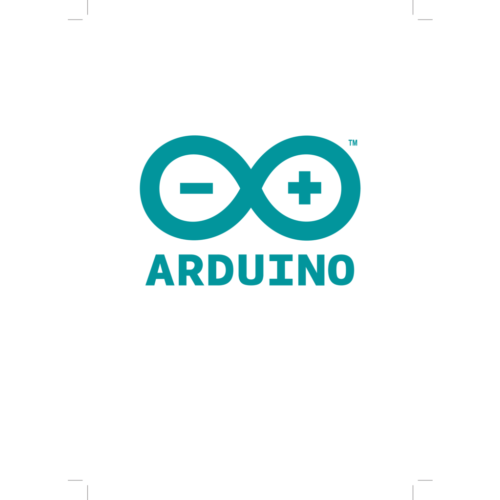In the realm of electronics, there’s a tool that has revolutionized the way enthusiasts, hobbyists, and professionals alike approach projects. This ingenious invention is none other than the Arduino, a versatile and user-friendly open-source microcontroller platform. Whether you’re a seasoned electronics guru or just dipping your toes into the world of circuits and programming, Arduino offers endless possibilities to bring your ideas to life.
Table of Contents
- Introduction to Arduino
- The Components of Arduino
- Getting Started: Setting Up Your Arduino
- Understanding Arduino Programming
- Exploring Arduino Shields
- Arduino vs. Traditional Microcontrollers
- Projects and Applications
- Home Automation
- Robotics
- Interactive Art
- Wearable Technology
- Expanding Horizons with Libraries
- Troubleshooting and Debugging
- Joining the Arduino Community
- Future Trends in Arduino Technology
- Conclusion
- FAQs
1. Introduction to Arduino
Arduino, conceived in Italy, has become a household name in the world of electronics. It’s essentially a tiny computer that can be used to sense and control physical devices, bridging the gap between software and hardware seamlessly.
2. The Components of Arduino
An Arduino board consists of several vital components, including a microcontroller, digital and analog pins, power jack, USB connection, and more. These elements allow you to interact with the board and external devices.
3. Getting Started: Setting Up Your Arduino
Getting your first Arduino project up and running is a breeze. With a plethora of online resources and guides, you’ll quickly master the process of wiring components and uploading code to the board.
4. Understanding Arduino Programming
Arduino programming, based on C/C++, involves writing code that dictates how the microcontroller interacts with sensors, LEDs, motors, and more. The Arduino IDE (Integrated Development Environment) simplifies this process.
5. Exploring Arduino Shields
Shields are add-on boards that expand the capabilities of your Arduino. From Wi-Fi connectivity to motor control, there’s a shield for almost any project you can imagine.
6. Arduino vs. Traditional Microcontrollers
Compared to traditional microcontrollers, Arduino stands out due to its user-friendly nature and extensive community support. This makes it an ideal choice for beginners and rapid prototyping.
7. Projects and Applications
Arduino’s versatility shines through its applications:
- Home Automation: Control lights, thermostats, and more with your smartphone.
- Robotics: Build robots with various functionalities, from simple rovers to complex humanoid machines.
- Interactive Art: Create art pieces that respond to touch, sound, or movement.
- Wearable Technology: Design smart wearables that monitor health or display messages.
8. Expanding Horizons with Libraries
Arduino libraries provide pre-written code to simplify complex tasks. Whether you’re working with sensors or displays, libraries save time and effort.
9. Troubleshooting and Debugging
Encountering issues is a natural part of electronics projects. Arduino’s active community and resources help you troubleshoot and debug effectively.
10. Joining the Arduino Community
The Arduino community is a treasure trove of knowledge and inspiration. Online forums, meetups, and workshops foster collaboration and innovation.
11. Future Trends in Arduino Technology
As technology evolves, so does Arduino. Expect advancements like enhanced connectivity, improved energy efficiency, and integration with emerging technologies.
12. Conclusion
In a world where electronics are an integral part of daily life, Arduino empowers individuals to transform their ideas into reality. Its accessibility, versatility, and supportive community make it a driving force behind innovation.
13. FAQs
Q1: Is programming experience necessary to use Arduino? A: No, Arduino’s user-friendly interface allows beginners to learn programming as they go.
Q2: Can I create commercial products with Arduino? A: Absolutely, many successful products have been built on Arduino platforms.
Q3: What’s the difference between Arduino and Raspberry Pi? A: Arduino is focused on hardware interaction, while Raspberry Pi is a full-fledged computer.
Q4: Are there age restrictions to start with Arduino? A: Anyone with curiosity and enthusiasm can start using Arduino, regardless of age.
Q5: How do I power my Arduino projects? A: You can power Arduino using batteries, USB connections, or external power sources.

